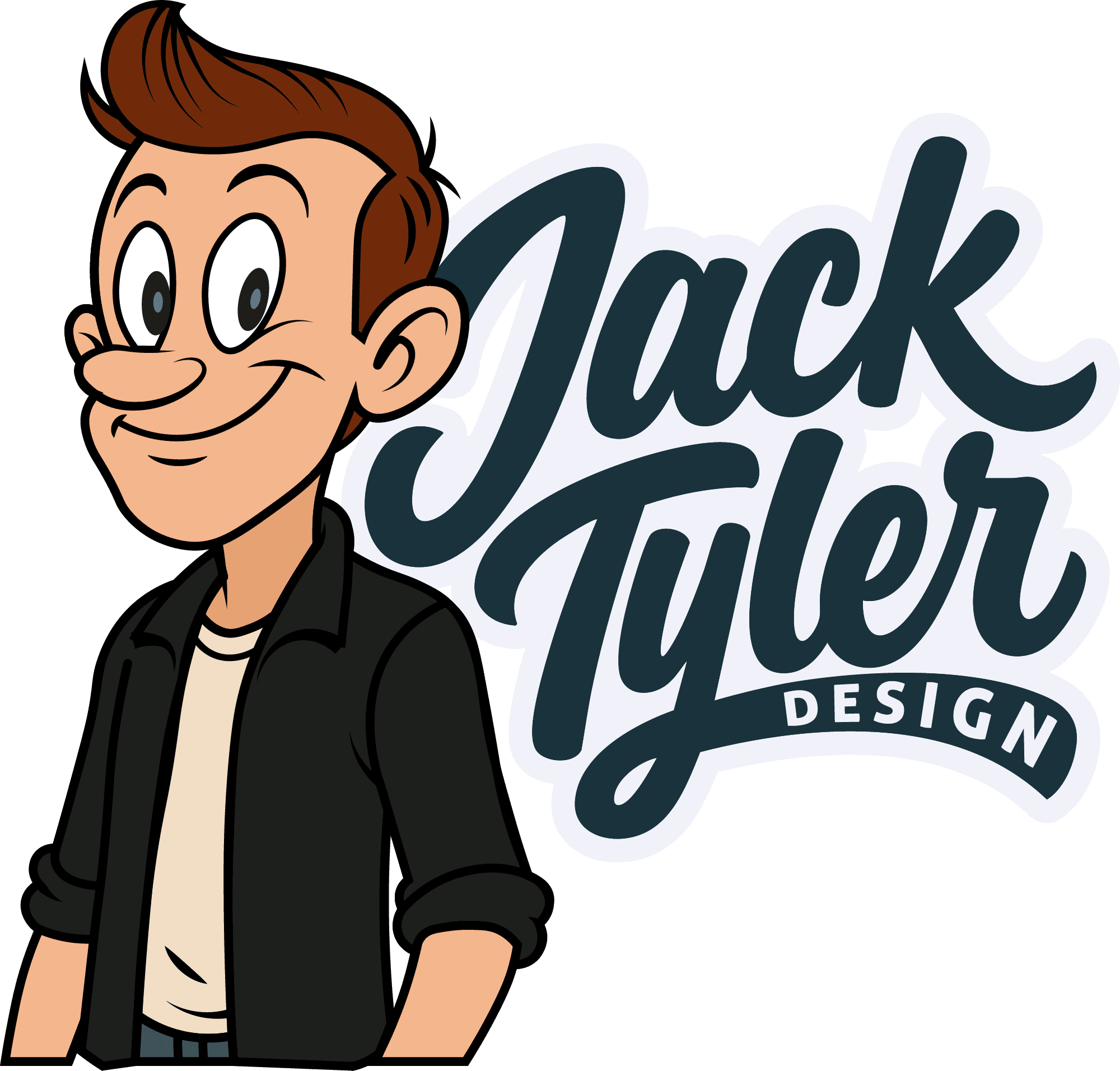Designing Engaging E-learning Platforms: Tips and Best Practices
With the rise of online education, designing an engaging e-learning platform has become more important than ever. Whether you’re creating a platform for corporate training, academic courses, or skill development, the design of the e-learning environment plays a critical role in the learner’s experience and success. A well-designed platform not only makes learning more accessible but also motivates and engages users, leading to better outcomes. Here are some essential tips and best practices for designing an engaging e-learning platform.
Understand Your Learners
The foundation of any effective e-learning platform is a deep understanding of your target audience. Before diving into design, consider the demographics, learning styles, and needs of your learners. Are they professionals looking to upskill, students seeking academic support, or hobbyists exploring new interests? Understanding these factors will help you tailor the platform’s design to meet their specific needs.
For example, if your platform targets busy professionals, you might focus on creating a clean, intuitive interface that allows for quick navigation and easy access to content. On the other hand, if you’re designing for younger learners, incorporating interactive elements and gamification might be more effective in keeping them engaged.
Prioritise User Experience (UX)
User experience is at the heart of any successful e-learning platform. A platform that is difficult to navigate or visually overwhelming can quickly frustrate users, leading to disengagement. To ensure a positive UX, keep these principles in mind:
Simplicity and Clarity: The interface should be simple and easy to navigate. Use clear labels, intuitive icons, and a logical flow to guide users through the platform. Avoid clutter and unnecessary elements that can distract or confuse learners.
Responsive Design: With learners accessing content on various devices—from desktops to tablets and smartphones—it’s essential to design a responsive platform. Ensure that the layout adapts seamlessly to different screen sizes and that all features are functional across devices.
Accessibility: Make sure your platform is accessible to all users, including those with disabilities. This includes providing options for text resizing, offering screen reader compatibility, and using high-contrast colours for better visibility.
Engaging Visual Design
Visual design plays a significant role in creating an engaging learning experience. A visually appealing platform can make learning more enjoyable and keep users motivated to continue. Here are some key aspects to consider:
Consistent Branding: Use consistent colours, fonts, and styles that align with your brand’s identity. This not only creates a cohesive look but also reinforces brand recognition.
Interactive Elements: Incorporate interactive elements such as quizzes, drag-and-drop activities, and clickable graphics to keep learners engaged. Interactive content encourages active participation, which can enhance retention and understanding.
Visual Hierarchy: Use visual hierarchy to guide learners through the content. Highlight important information with larger fonts, bold colours, or distinct placements on the page. This helps users quickly identify key points and navigate the material efficiently.
Multimedia Integration: Use a mix of multimedia elements like videos, infographics, and animations to cater to different learning styles. Multimedia can break up text-heavy content, making it more digestible and engaging.
Personalisation and Adaptivity
One of the advantages of digital learning platforms is the ability to personalise the learning experience. Personalisation can significantly enhance engagement by making the content more relevant to each learner’s needs. Consider incorporating the following:
Adaptive Learning Paths: Create learning paths that adjust based on the user’s progress, performance, and preferences. This ensures that learners are always challenged at an appropriate level and receive the support they need when they need it.
Customisable Dashboards: Allow users to customise their dashboards or learning environments. Personal touches, such as the ability to track progress, set goals, or choose preferred themes, can increase a learner’s sense of ownership and motivation.
Recommendations and Feedback: Provide personalised content recommendations based on user behaviour and preferences. Additionally, offer real-time feedback on quizzes and assignments to help learners understand their strengths and areas for improvement.
Incorporate Gamification
Gamification is a powerful tool for increasing engagement in e-learning platforms. By incorporating game-like elements, you can motivate learners to participate actively and enjoy the learning process. Consider adding:
Points and Badges: Award points or badges for completing modules, achieving high scores, or participating in discussions. These rewards can incentivize learners to engage more fully with the content.
Leaderboards: Introduce leaderboards to foster a sense of competition and community. Seeing their name on a leaderboard can motivate learners to strive for better performance.
Progress Tracking: Provide visual progress bars or completion percentages to give learners a sense of accomplishment as they advance through the course.
Continuous Improvement Through Analytics
Finally, an effective e-learning platform should be a work in progress. Use analytics and user feedback to continuously improve the platform. Track metrics such as user engagement, completion rates, and time spent on different sections to identify areas that need enhancement.
Regularly update content and features based on this data, ensuring that the platform evolves with the needs and preferences of your learners.
Conclusion
Designing an engaging e-learning platform requires a careful balance of functionality, aesthetics, and user-centric design. By understanding your audience, prioritising user experience, incorporating engaging visuals, personalising the learning journey, and leveraging gamification, you can create a platform that not only educates but also inspires and motivates learners. As the e-learning landscape continues to grow, investing in thoughtful design will ensure that your platform stands out and delivers meaningful learning experiences.
For more insights on designing effective e-learning platforms or enhancing your educational content, follow our blog or contact me. Let’s work together to create a learning environment that captivates and educates!

The Creative Compass Bulletin is your monthly guide to navigating the world of design. Packed with inspiration, expert tips, and exclusive resources, it’s crafted specifically for freelance designers who are ready to level up their creative game and grow their brand. Join a community of like-minded creatives and let the Creative Compass Bulletin point you in the right direction!






